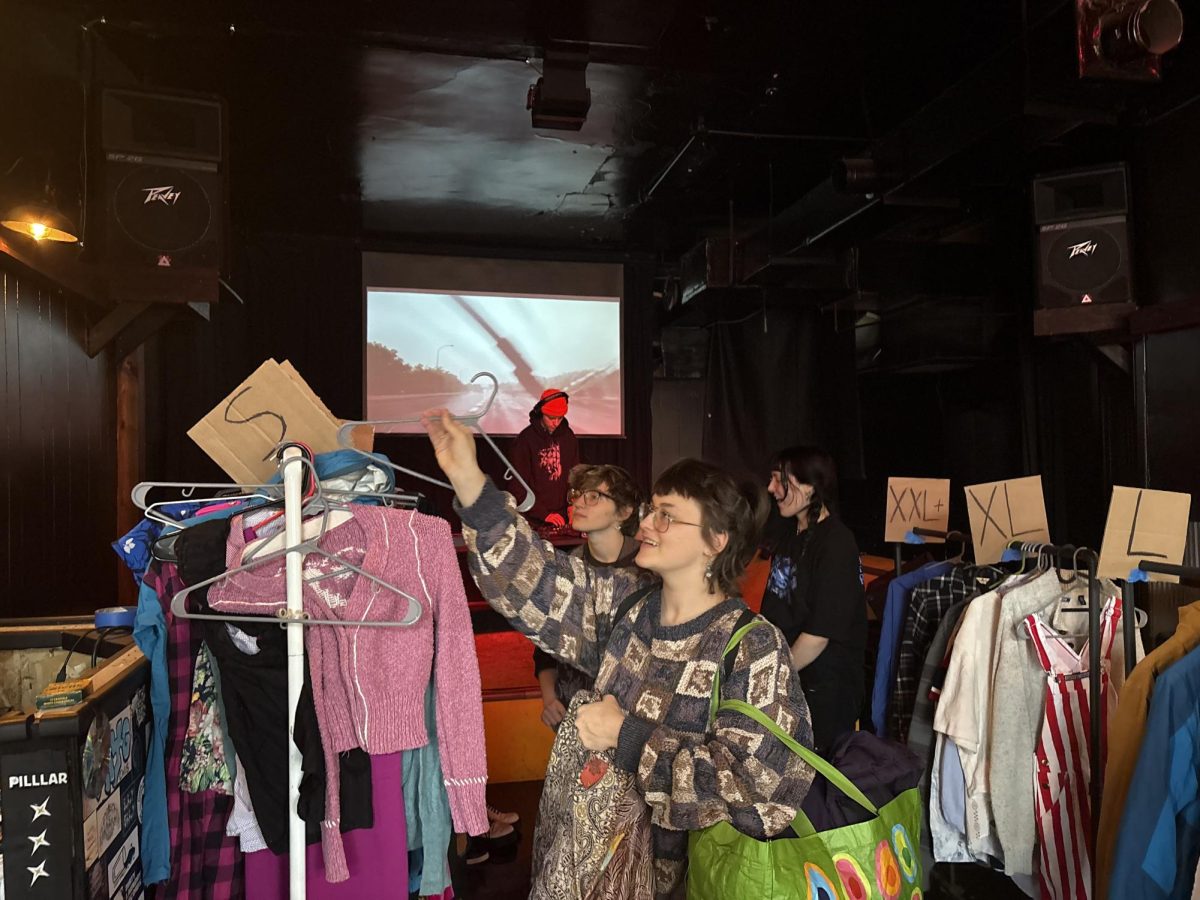What: “The City Dark”
Where: Bell Museum of Natural History, 10 Church St. SE,
Minneapolis
When: 7 p.m., Thursday
Cost: Free with museum admission
Armed with his homemade telescope and a star guide, Ian Cheney discovered the night sky early in life.
Now, the director runs his film studio out of Brooklyn, N.Y., with an obstructed view of the stars — light pollution in cities across the world makes it nearly impossible to find most of the major constellations.
Cheney’s documentary “The City Dark” explores the problem of the disappearing night sky, first in New York City, where the filmmaker struggles to see any stars as he stands in the center of Times Square. He does see a few, as well as a few bewildered passersby.
“The film emerged years later, after I’d spent much of my early adult life living in cities and realizing how disconnected I’d grown — with astronomy and the night sky,” he said.
It probes an issue most urbanites rarely consider, but Cheney forces his audience to reflect on the death of darkness.
“What does it mean that now most of us will grow up in a world where you can’t see the stars?” he said.
Culling from interviews with astrophysicist Neil deGrasse Tyson and author Ann Druyan, a host of experts join Cheney’s personal search for answers to the question. Tyson, a Bronx-born science communicator akin to Carl Sagan, notes the irony of his relationship with the stars. His love for the cosmos began after a tour of the Hayden Planetarium in Manhattan, an artificial reproduction of the night sky.
“The City Dark” presents a philosophically interesting question alongside a visually stunning homage to the vanishing dark skies. Cheney goes to some of the remaining vantage points to observe the celestial world — places like Hawaii and Jack Newton’s “Sky Village” in rural Arizona. Researchers at the University of Hawaii look for asteroids that threaten the Earth’s surface, while astrophiles hunt for galaxies under the clear skies of Newton’s community.
The film not only poses aesthetic reasons to reclaim the night, but environmental and health reasons. Cheney shows how the luminous fog on the Florida coast disorients sea turtle hatchlings, leading to their death. Light pollution disrupts the circadian rhythms of humans as well, and Cheney points to research linking night-shift work to cancer.
More people live under skies with artificial light than ever before, as Cheney reveals midway through “The City Dark.” And the fact that two-thirds of all humans live without access to visibly dark skies prompts Cheney to explore solutions.
“It’s essentially a design problem,” he said. “By promoting lighting that shines downward where the light’s needed, a lot of towns across the world are realizing they can save money energy while also bringing back a bit of the night sky.”
Cities like Tucson, Ariz., have legislation to help combat light pollution. Cheney believes more cities will implement design solutions like Tucson to counteract the yellow glowing bubble so many urban areas emit.
“It’s by definition unsustainable to me to be wasting so much light,” he said. “Cities just can’t afford to do it.”
The universal appeal of Cheney’s “The City Dark” serves as a catalyst for change as much as starry-eyed entertainment.
“Every light that we can shield promises to, when pooled together with other shielded lights, brings back a few more stars,” he said.







